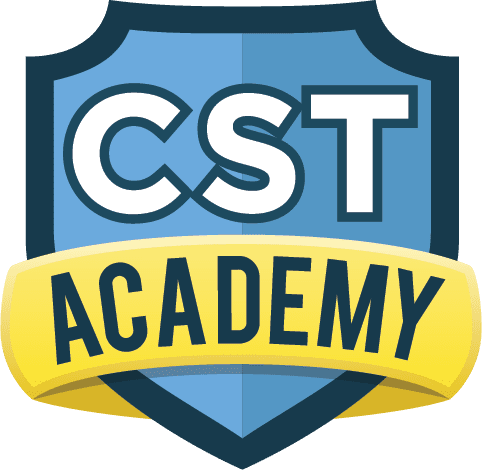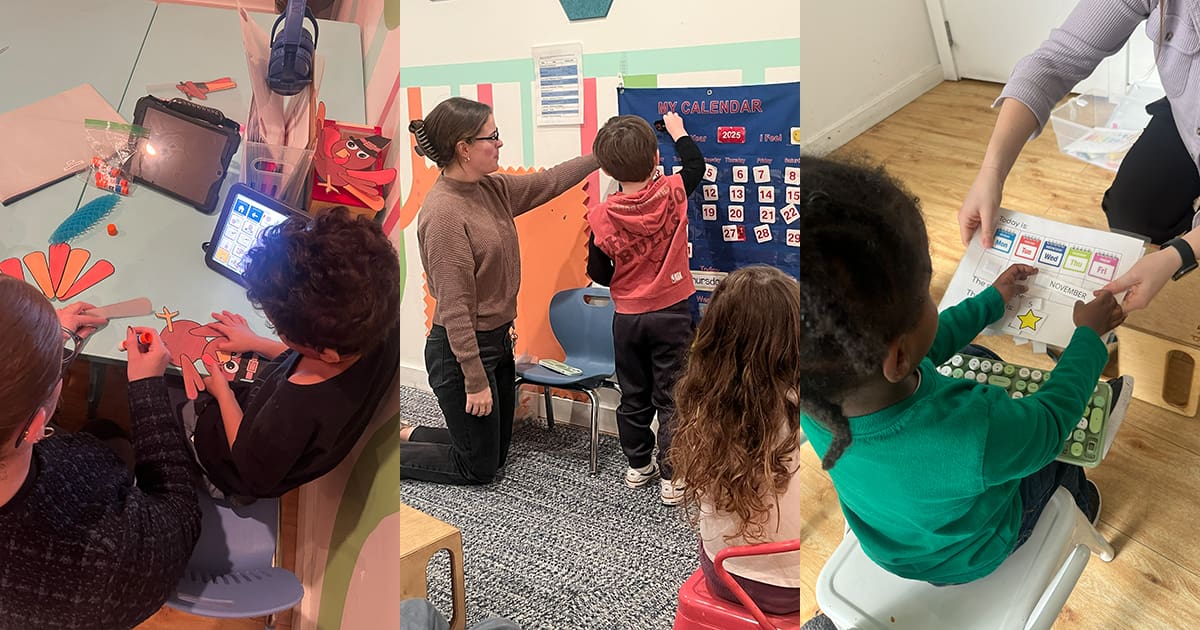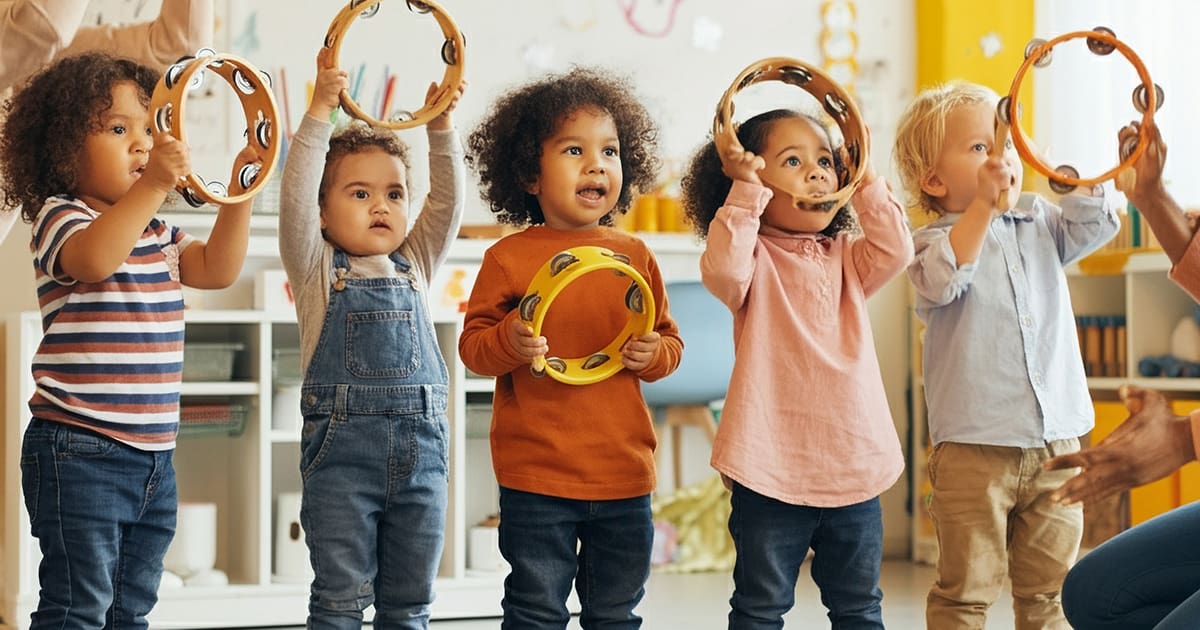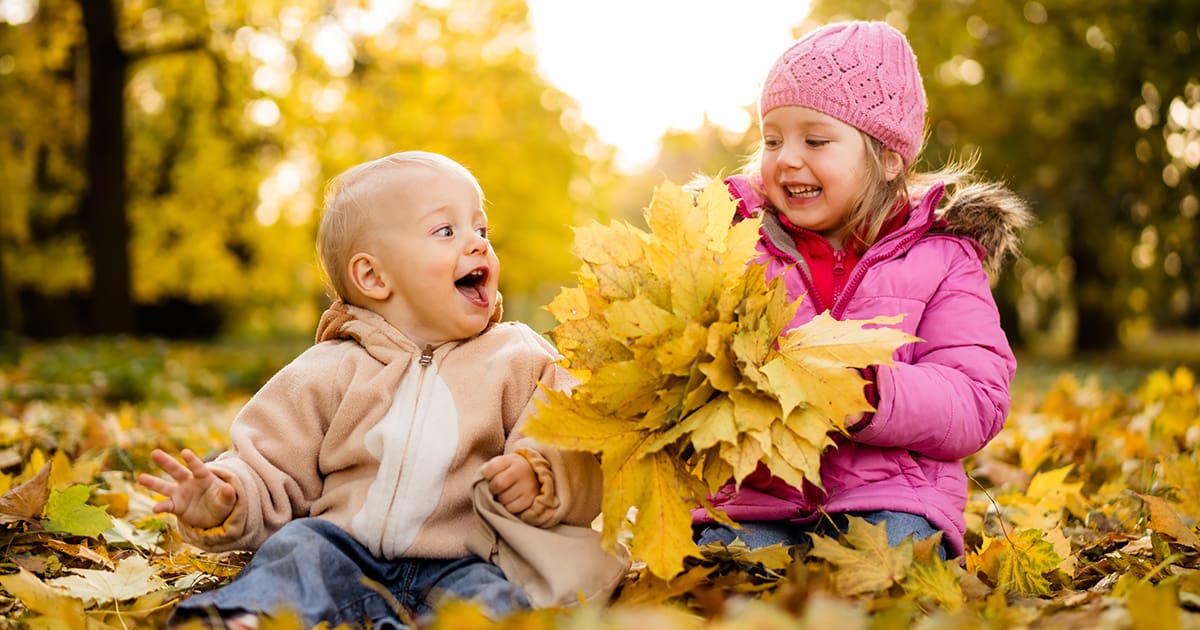Share this Post
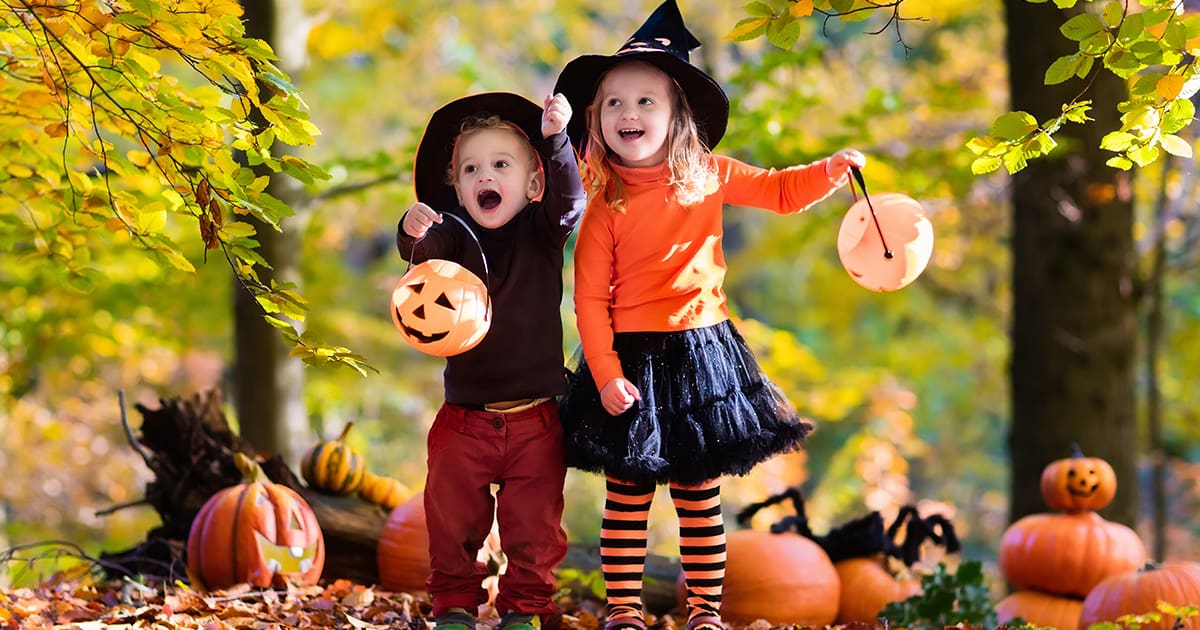
The air is crisp, pumpkins glow on porches, and laughter echoes through the streets. Little superheroes, wizards, and dinosaurs skip from door to door with their candy bags swinging. Amid the excitement, one little ghost—let’s call him Leo—is having his own kind of Halloween adventure.
Instead of joining a bustling crowd, Leo strolls down his quiet block, holding his mom’s hand as they visit a few friendly neighbors who’ve turned down the spooky sound effects and kept the lights warm and gentle. His pumpkin bucket is half full, and his heart? Overflowing. He practiced saying “trick or treat!” in speech therapy that week, and now he beams every time someone smiles back.
At CST Academy, we see these moments all the time—the ones that remind families that Halloween can be joyful, playful, and magical for every child, including autistic children and those with developmental differences. With a little creativity, planning, and a sprinkle of spooky sparkle, this holiday can become a celebration of connection, not just candy.
The Magic of Halloween Through a Neurodivergent Lens
Halloween is already enchanting for kids—but for neurodivergent children, it can be an especially rich sensory and imaginative experience. The rustle of costumes, the twinkle of lights, and the excitement of pretend play can ignite curiosity and wonder. Yet, every child experiences these sensations differently.
Some kids may delight in the feel of soft fabric costumes or the smell of fresh pumpkins, while others might prefer quieter activities or familiar spaces. Rather than seeing these sensory preferences as limitations, they’re beautiful clues to what brings each child joy.
When families tune into their child’s unique rhythms—whether that means trick-or-treating at sunset before it gets too dark or hosting a cozy pumpkin-painting night at home—Halloween transforms into something deeply personal and inclusive.
At CST Academy, our therapists love helping families discover these individualized pathways to celebration. For instance:
- Occupational therapists might help children explore costume textures or practice navigating new environments to build sensory confidence.
- Speech therapists can make festive role-play sessions—like pretending to knock on doors or say “thank you!”—fun ways to boost communication.
- ABA therapists often support families in breaking activities into comfortable, successful steps that encourage independence and joy.
Because at the end of the day, Halloween isn’t about perfection—it’s about connection, imagination, and fun.
Spooky-Cute Tips for a Neurodiversity-Affirming Halloween
Wondering how to make trick-or-treating and Halloween festivities more magical (and less stressful)? Here are some playful, practical, and affirming ideas from CST Academy’s team of therapists and families:
🎃 Follow your child’s sensory compass
Is your child sensitive to loud noises or flashing lights? Choose a calmer route or visit houses earlier in the evening before the crowds. Some families even organize “quiet trick-or-treat” routes with understanding neighbors—perfect for a gentler pace.
🧙 Costume comfort comes first
Forget itchy capes and tight masks—soft, tag-free costumes or themed pajamas can be just as adorable. Some kids love transforming into their favorite animal, character, or even a favorite object (hello, “traffic light costume” for the sensory seeker who loves patterns!).
🍬 Practice makes playful progress
Turn preparation into a game! In the days before Halloween, role-play at home by knocking on doors, saying “trick or treat,” and placing pretend candy in a bucket. It’s a great opportunity for speech and social skill practice in a low-pressure way.
👻 Set the stage with visuals
Create a simple visual schedule or storybook explaining the evening’s flow—costume, walk, knock, candy, home, relax. For many neurodivergent kids, predictability turns uncertainty into excitement.
🧡 Celebrate sensory breaks
Designate a cozy spot—maybe a porch swing or the car—where your child can take a short break with noise-canceling headphones or a fidget toy. A few quiet minutes can make the rest of the evening smoother.
🕸️ Embrace “trick-or-treating your way”
Trick-or-treating doesn’t have to mean dozens of houses. Maybe your family visits a few familiar homes or joins a community trunk-or-treat event where everything happens in one safe, accessible area. Small adventures can still be magical!
🎨 Make your own Halloween magic at home
If trick-or-treating feels like too much, host a sensory-friendly celebration—pumpkin painting, cookie decorating, or flashlight treasure hunts. Invite a few close friends or siblings for a “spooky-cute soirée.”
🕯️ Add special interests to the fun
If your child loves trains, dinosaurs, or space, incorporate those passions into costumes or decorations. When a child’s interests shine through, Halloween becomes even more empowering and joy-filled.
🌙 Prep for transitions
Halloween often means staying up later or shifting routines. Prepare your child ahead of time by adjusting bedtime or dinner schedules slightly in the days leading up to the event.
💌 Celebrate the story afterward
Once home, look through photos, talk about favorite moments, and create a “Halloween Memory Book.” Recalling the positive parts helps kids look forward to next year—and builds emotional connection and confidence.
Embracing Your Child’s Halloween Style
This Halloween, let your child lead the adventure—whether that means dressing up as a favorite character, collecting candy from just a few houses, or staying home and handing out treats with a big smile. Every version of celebration is valid, magical, and worthy of joy.
Neurodiversity makes our communities more colorful, creative, and compassionate—and Halloween is the perfect time to celebrate that beauty.
From our CST Academy family to yours, we wish you a spooktacular, joy-filled Halloween full of laughter, imagination, and connection. 🎃🕸️
Looking for support in helping your child navigate holidays and social events?
CST Academy’s speech, occupational, and ABA therapy programs in Chicago are here to help your family thrive—not just during holidays, but every day.
Contact us today to learn how our playful, evidence-based therapies can help your child shine in every season.
Discover Our Pediatric Therapy & Autism Care
ABA Therapy
Support for children with autism.
Autism Evaluation
Expert assessments to identify child needs.
Pediatric Therapy Services
Speech, Occupational, Feeding, and Physical Therapy.
Therapeutic Preschool
A classroom environment designed for early learners with unique needs.
Check Out Related Posts
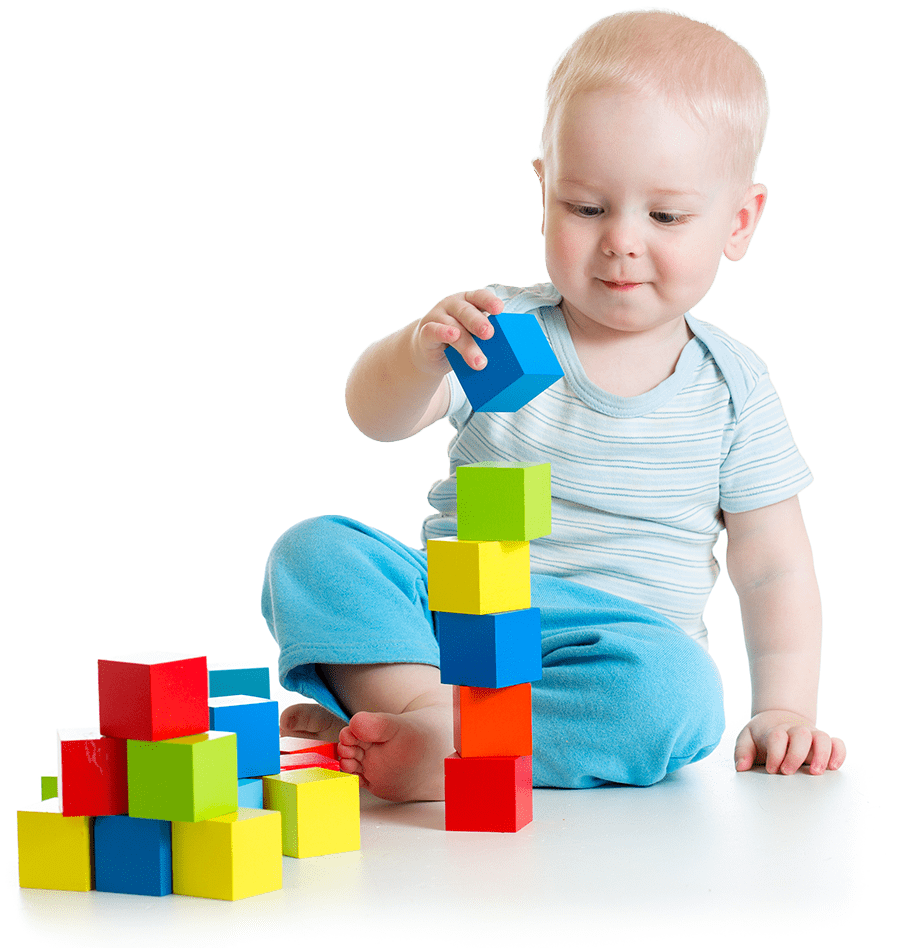
Find the Best Care for Your Child

